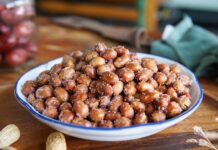Have you ever wondered why some fruits split open when they’re ripe, revealing their seeds inside? This fascinating phenomenon is known as dehiscent fruits, and today, we’re going to explore this unique type of fruit and its various forms.
1 What Are Dehiscent Fruits?
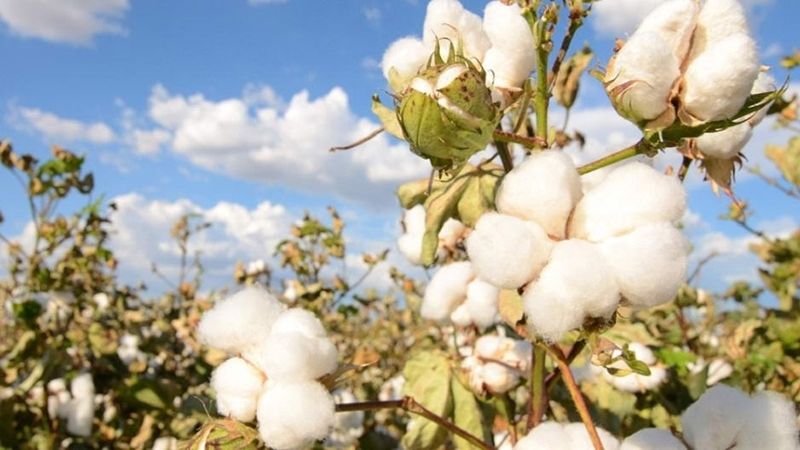 It’s easy to observe the inside of a cotton plant when its pod splits open
It’s easy to observe the inside of a cotton plant when its pod splits open
Dehiscent fruits, also known as capsules, are a type of dry fruit primarily found in flowering plants. They are characterized by having two or more carpels, which are the structures that contain the seeds. The defining feature of dehiscent fruits is that, upon reaching maturity, they split open along specific seams, revealing the seeds within. One of the most familiar examples of this type of fruit is the pea pod.
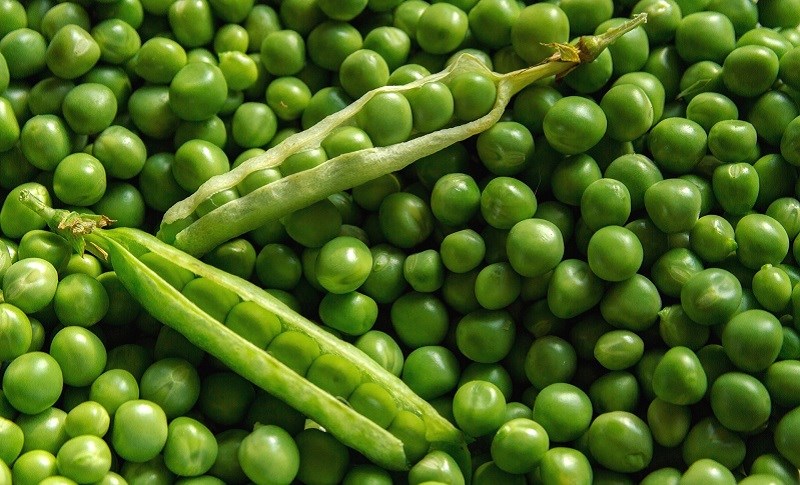 Peas are a common and well-known example of a dehiscent fruit
Peas are a common and well-known example of a dehiscent fruit
In botany, dehiscent fruits are classified as a type of dry fruit, along with indehiscent fruits (also known as achenes). Dehiscent fruits can be further categorized into seven groups based on the way they split open. Some common examples of dehiscent fruits include pea pods, cotton bolls, and brassica fruits.
2 Types of Dehiscent Fruits
Poricidal Dehiscent Fruits
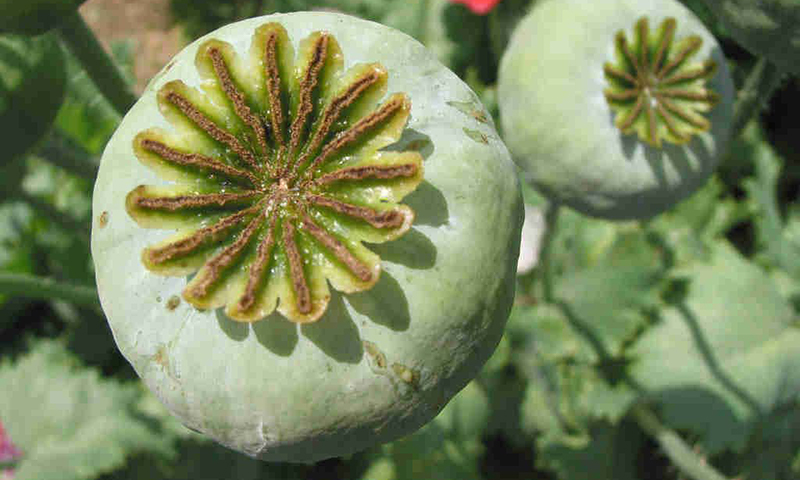 Poppy flowers are a classic example of poricidal dehiscent fruits
Poppy flowers are a classic example of poricidal dehiscent fruits
Poricidal dehiscent fruits get their name from the way they release their seeds. As these fruits ripen, small pores form on the surface, and the seeds are released through these openings. The poppy flower, also known as the opium poppy, and the goat’s-beard flower are characteristic examples of this type of dehiscent fruit.
Loculicidal Dehiscent Fruits
 Brazil nuts have a unique and characteristic way of releasing their seeds
Brazil nuts have a unique and characteristic way of releasing their seeds
Loculicidal dehiscent fruits have a distinctive way of releasing their seeds. As the fruit matures, the capsule splits open lengthwise, much like a box with a lid being opened. The Brazil nut is a well-known example of this type of dehiscent fruit.
Septicidal Dehiscent Fruits
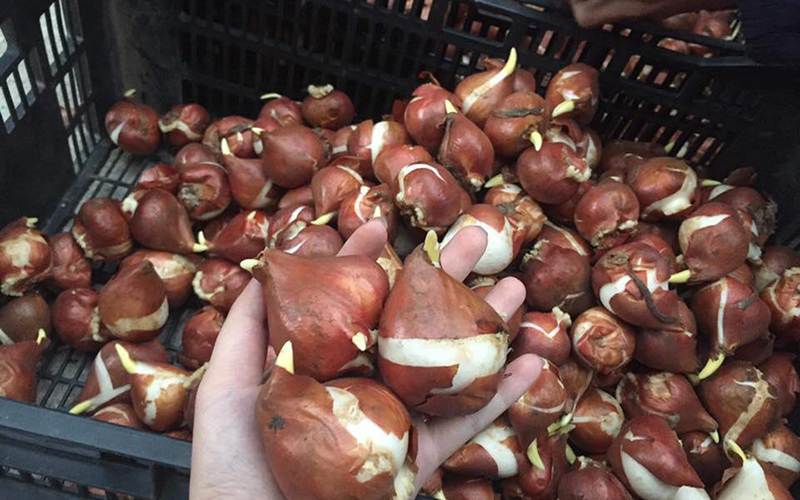 Tulip bulbs release their seeds through cracks formed along the septa of the carpels
Tulip bulbs release their seeds through cracks formed along the septa of the carpels
Tulip and iris flowers belong to the group of septicidal dehiscent fruits. In this type of fruit, the seeds are released through cracks that form along the septa (walls) of the carpels as the fruit ripens.
Denticidal Dehiscent Fruits
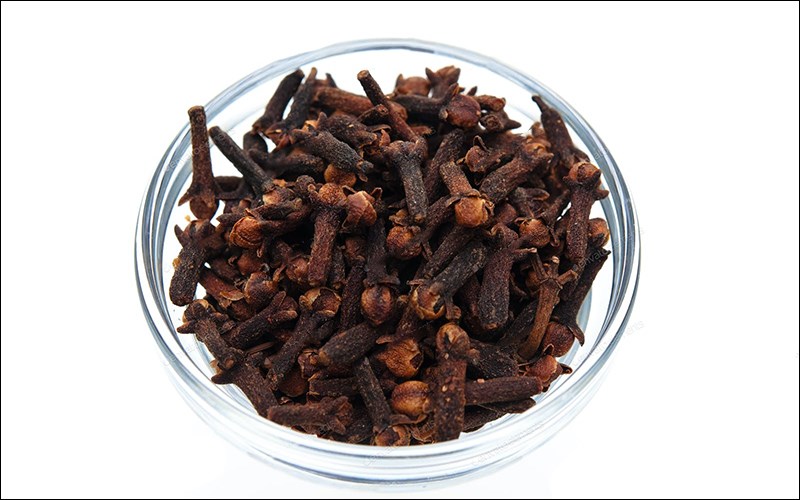 Denticidal dehiscent fruits release their seeds by forming a toothed crown at the apex
Denticidal dehiscent fruits release their seeds by forming a toothed crown at the apex
Denticidal dehiscent fruits get their name from the way they split open. As the fruit ripens, the capsule splits at the apex of the carpels, forming a toothed crown that releases the seeds. An example of this type of dehiscent fruit is .
Placental Dehiscent Fruits
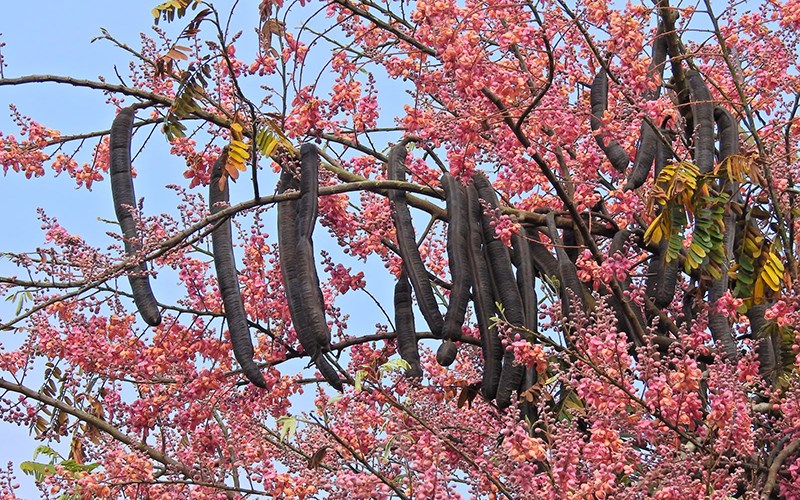 Fruits in the Yucca and Digitalis genera are typically placental dehiscent fruits
Fruits in the Yucca and Digitalis genera are typically placental dehiscent fruits
In contrast to loculicidal dehiscent fruits, which split open lengthwise, placental dehiscent fruits split along the placentas (partitions) of the carpels. Fruits in the Yucca and Digitalis genera are typical examples of this type of dehiscent fruit.
Transverse Dehiscent Fruits
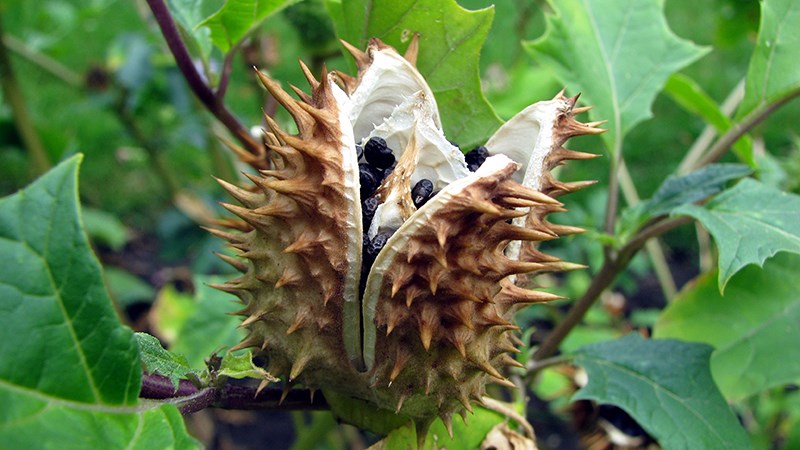 Poisonous nightshade is a common plant with transverse dehiscent fruits
Poisonous nightshade is a common plant with transverse dehiscent fruits
Transverse dehiscent fruits have a unique structure where the fruit wall is composed of several segments that are tightly fused together. As the fruit ripens, these segments separate in the middle, forming a lantern-like shape. Poisonous nightshade is a well-known example of this type of dehiscent fruit.
Valvular Dehiscent Fruits
 Cedrela fissilis is a characteristic tree with valvular dehiscent fruits
Cedrela fissilis is a characteristic tree with valvular dehiscent fruits
Valvular dehiscent fruits combine the characteristics of both dehiscent and transverse dehiscent fruits. The seeds are released through longitudinal slits that form along the fruit wall. A characteristic example of this type of dehiscent fruit is the Cedrela fissilis tree, which belongs to the Mahogany family.
3 Distinguishing Between Dehiscent and Indehiscent Fruits
It can be tricky to differentiate between dehiscent and indehiscent fruits, as they both belong to the category of dry fruits and share many similar features. However, the key distinction lies in what happens when they reach maturity.
Dehiscent Fruits
– Capsule Characteristics: When ripe, the capsule splits open, revealing the seeds inside.
– Examples: Pea pods, cotton bolls, brassica fruits.
 The two types of dry fruits can be easily distinguished by their seeds when ripe
The two types of dry fruits can be easily distinguished by their seeds when ripe
Indehiscent Fruits
– Capsule Characteristics: When ripe, the capsule remains closed, and the seeds are not revealed.
– Examples: Chestnuts, rose hips, horse-chestnuts.
Now you know all about dehiscent fruits and how they differ from indehiscent fruits! Try using this knowledge to identify different types of fruits and their unique characteristics. Feel free to share any interesting findings or additional information about dehiscent fruits with us!















